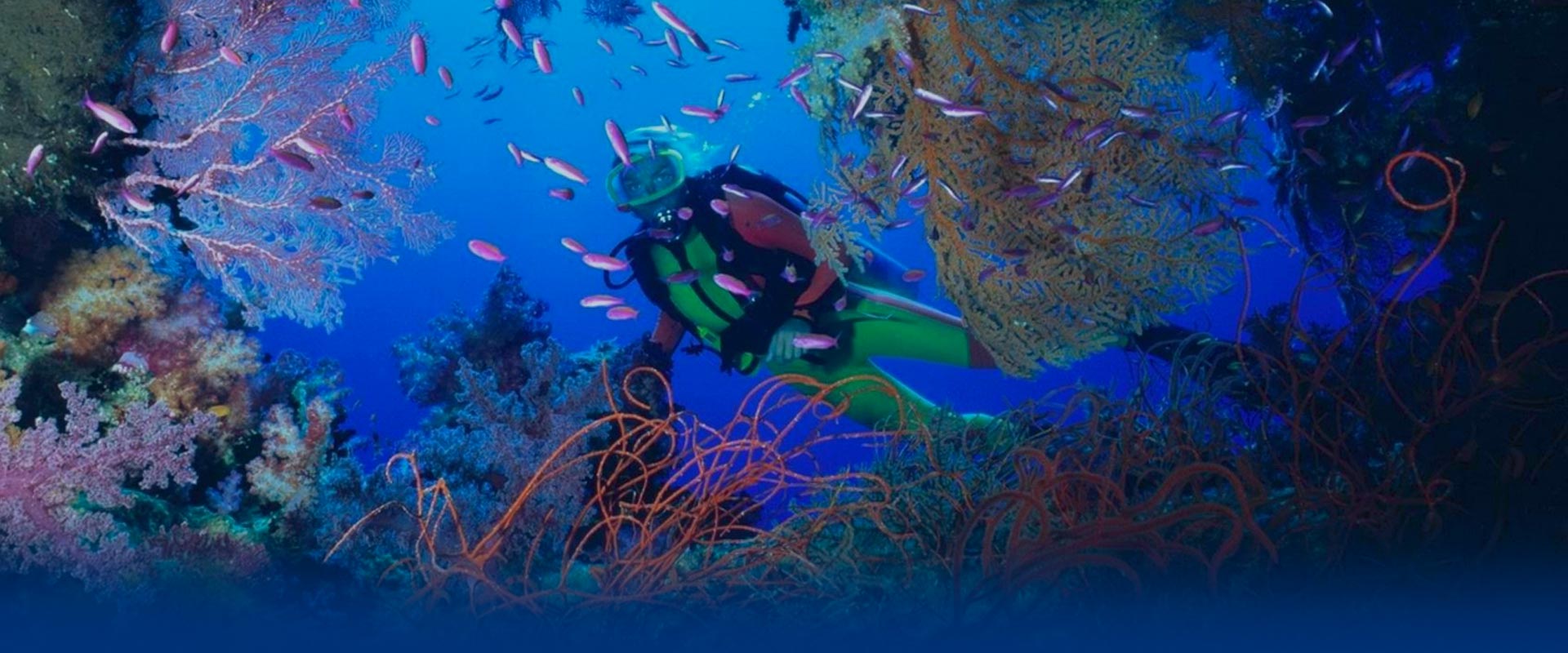
Speciality Courses
PADI 5 star Dive Resort
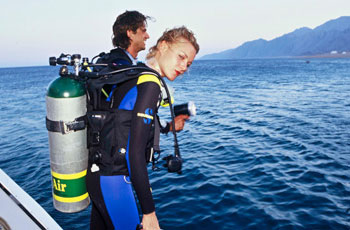
ENRICHED AIR (NITROX) DIVING
Scuba diving with enriched air nitrox gives you more no decompression dive time. This means more time underwater, especially on repetitive scuba dives.
You can typically stay down longer and get back in the water sooner. No wonder many divers choose this as their very first specialty.

DEEP DIVING
Factors determining personal depth limit
Equipment suitable or required for deep dive
Ascent and descent techniques
Decompression theory
Descent, Ascent, Safety Stop, Decompression illness and emergency procedures

AWARE FISH IDENTIFICATION DIVING
Role of divers for protecting aquatic environment and about Project A.W.A.R.E.
Learn to distinguish fish families based on body shape, fin types, movement, mouth shape, habitat and behavior. Learn about local fish species – video and photographs.
Roving diver survey technique. Sketch and describe unfamiliar fish and later identify by looking up in Fish ID reference books.

SEARCH & RECOVERY DIVING
Equipment for search and recovery
Potential Hazards
Planning
Search patterns
Knots, lines and lift bags, calculations for lifting objects from underwater
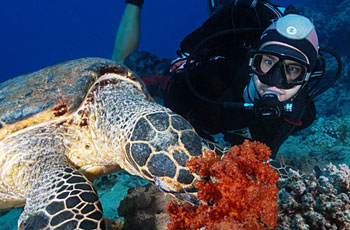
UNDERWATER NATURALIST
Ecology, Environment
Aquatic animal behavior and interaction with divers
Identification and observation of Aquatic life forms
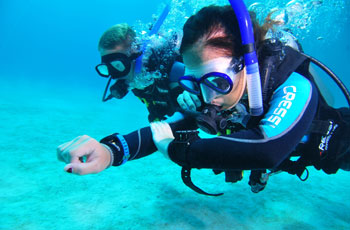
UNDERWATER NAVIGATION DIVING
Benefits of navigation
Navigation Techniques using compass, terrain, light etc.
Navigation Patterns
Measuring distance using kick cycle air consumption etc.
Descent techniques and adjustment for currents aiding navigation, nav plotter
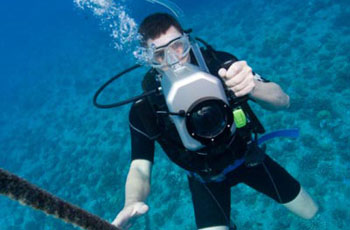
UNDERWATER DIGITAL PHOTOGRAPHY
Light and Color loss and compensation method
Relationship between aperture and Depth of Field
Exposure, White balance, controls, strobes
Composition, equipment care
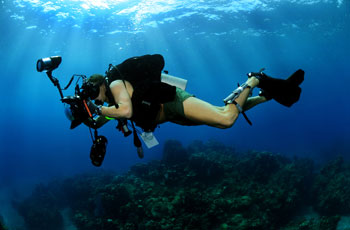
UNDERWATER VIDEOGRAPHY
Wide angle and dome ports. How to avoid errors in shooting UW video
Preparation checking of UW video equipment
Entry and exit method with equipment
Buoyancy, drag and sir consumption
Equipment failure and remedies


